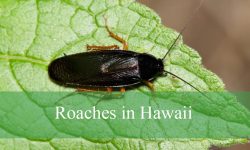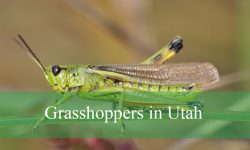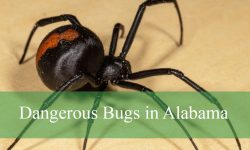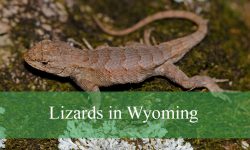Majestic and powerful, eagles are among the most awe-inspiring birds that soar over New Hampshire’s wild landscapes. Their massive wings, piercing eyes, and commanding presence make them unforgettable sights in the state’s skies. From glacial lakes to mountain valleys, these raptors reign as top predators and enduring symbols of freedom.
New Hampshire is home to two remarkable eagle species — the Bald Eagle, the iconic emblem of the United States, and the Golden Eagle, a rare and elusive traveler passing through the region. Both play vital roles in the state’s ecosystem, contributing to its rich and thriving birdlife.
This in-depth guide uncovers everything you need to know about the two types of eagles in New Hampshire, including their appearance, habits, and habitats. It also explains where and when to see them, how to identify them in flight, and why conservation efforts continue to protect these magnificent birds for future generations.
Eagles in New Hampshire Overview
Eagles are part of the family Accipitridae, which also includes hawks and kites. They are top predators in their ecosystems, playing a critical role in maintaining balance by controlling fish, rodent, and small mammal populations.
New Hampshire provides ideal habitats for eagles, especially along rivers, large lakes, and forested mountains. The combination of clean waterways, abundant prey, and protected natural areas allows these raptors to thrive. Bald eagles are now a common sight again after nearly disappearing from the region, while golden eagles remain elusive visitors.
Let’s explore each species in detail — their identification features, behavior, and where you can spot them in New Hampshire’s wild landscapes.
1. Bald Eagle (Haliaeetus leucocephalus)
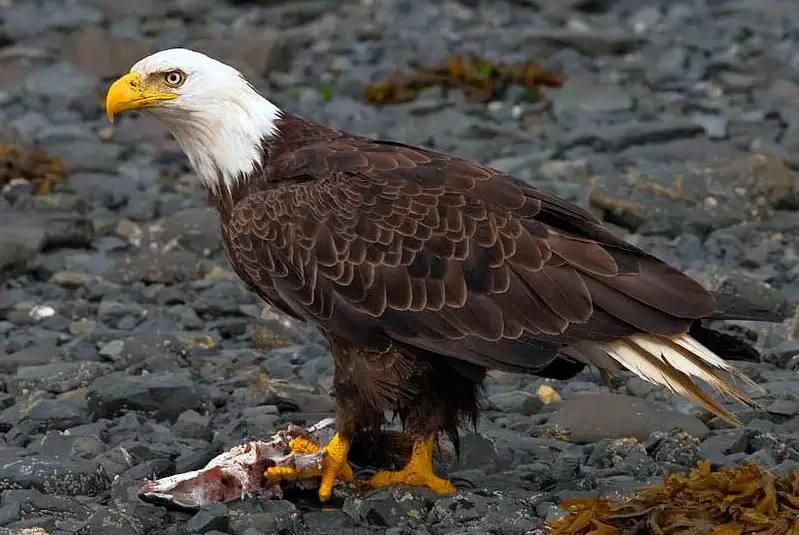
Identification and Appearance
The Bald Eagle is the national bird of the United States and the most recognizable eagle species in North America. Adults are striking, with a bright white head and tail that contrast sharply against their dark brown body and wings. Their yellow eyes, hooked beak, and massive wingspan — ranging from 6 to 7.5 feet — give them a commanding presence in the sky.
Juveniles, however, look very different. Young bald eagles are mostly dark brown with mottled white patches under their wings and belly. They lack the characteristic white head and tail until they reach about 4 to 5 years old. This can make identification tricky for new birdwatchers, but their large size and powerful flight pattern are strong clues.
Habitat and Range in New Hampshire
Bald eagles are year-round residents in New Hampshire, particularly along major rivers and large lakes such as the Merrimack River, Connecticut River, Lake Winnipesaukee, and the Androscoggin River. They prefer habitats with tall trees near open water, where they can perch and easily spot fish — their primary food source.
During winter, when northern lakes freeze over, some eagles migrate south toward open water. However, New Hampshire’s conservation efforts, along with milder winters, have led to a steady increase in overwintering eagles. Today, they are seen more frequently than at any time in the past century.
Behavior and Diet
Bald eagles are expert fish hunters, diving with astonishing precision to snatch prey from the water using their sharp talons. Their diet mainly includes fish such as trout, salmon, and perch, but they also eat small mammals, waterfowl, and carrion when fish are scarce.
They are known to steal food from other birds — particularly ospreys — by harassing them midair until the prey is dropped. Despite this behavior, they are excellent hunters in their own right. Their nests, called aeries, are among the largest of any bird in the world, often reused and expanded each year until they can weigh more than a ton.
Breeding and Conservation
In New Hampshire, bald eagles typically begin nesting in late winter (February–March). Females lay 1–3 eggs, which both parents incubate for about 35 days. The young eagles fledge around 10–12 weeks later, learning to hunt by observing their parents.
Once listed as endangered due to DDT pesticide use and habitat destruction, bald eagles have made a dramatic recovery. Thanks to state protection programs and cleaner waterways, New Hampshire now records over 100 active nesting pairs. Their comeback is one of the greatest conservation success stories in modern wildlife history.
2. Golden Eagle (Aquila chrysaetos)
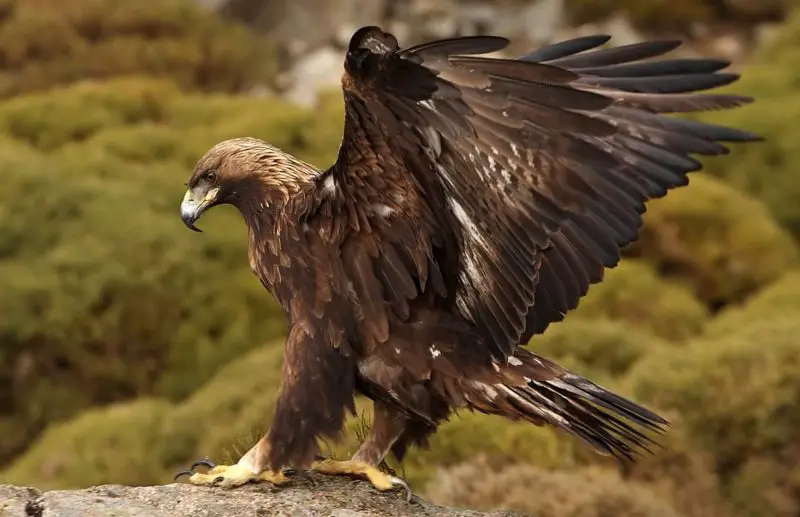
Identification and Appearance
The Golden Eagle is one of the largest birds of prey in the Northern Hemisphere, known for its agility, strength, and striking appearance. Adults have dark brown plumage with a beautiful golden sheen on the back of the head and neck — the feature that gives the species its name. Their wingspan ranges from 6 to 7.5 feet, similar to the Bald Eagle, but their body shape is more streamlined and athletic.
Unlike bald eagles, golden eagles have fully feathered legs down to their talons, which help them withstand cold mountain conditions. Juveniles often have white patches at the base of the tail and wings, which fade as they mature around age five.
Habitat and Range in New Hampshire
Golden eagles are rare visitors to New Hampshire, mainly seen during migration periods in spring and fall. They prefer mountainous and open landscapes, such as those found in the White Mountains, Monadnock region, and highlands near the Canadian border. These raptors thrive in rugged terrain where they can use strong updrafts to glide effortlessly while hunting.
Most golden eagles in the eastern United States are migratory, breeding in northeastern Canada and wintering in the Appalachian Mountains. In New Hampshire, they are occasionally sighted along ridgetops or large open valleys during migration — an extraordinary treat for dedicated birdwatchers.
Behavior and Diet
Golden eagles are powerful hunters that specialize in catching medium-sized mammals, including rabbits, hares, ground squirrels, and occasionally birds. They rely on keen eyesight and silent flight to ambush prey from above, often diving at speeds exceeding 150 miles per hour.
Unlike bald eagles, golden eagles rarely eat fish. Their hunting style is more terrestrial — they scan large expanses of open land and dive low to the ground to strike with precision. They are also known for cooperative hunting behavior when paired, where one bird flushes prey while the other attacks.
Breeding and Conservation
Golden eagles breed in remote areas with steep cliffs or tall trees that provide secluded nesting spots. Although there are no confirmed nesting pairs in New Hampshire, there have been consistent reports of transient individuals during migration seasons.
Conservation challenges for golden eagles include habitat loss, wind turbine collisions, and persecution, although protections under the Bald and Golden Eagle Protection Act have improved their safety. Continued monitoring programs by the New Hampshire Audubon Society and U.S. Fish and Wildlife Service help track their presence and migration patterns across the state.
How to Identify Eagles in New Hampshire
Spotting an eagle is always a memorable experience, but distinguishing between the two species can be tricky, especially from a distance. Here are key differences to help you identify them accurately.
Head and Body Coloration
Adult bald eagles have unmistakable white heads and tails that sharply contrast with their dark brown bodies. Golden eagles, on the other hand, are uniformly dark brown with golden tones on their nape. Juvenile bald eagles can be confused with golden eagles, but the presence of more mottled white throughout the body helps separate them.
Flight Pattern and Shape
Bald eagles soar with their wings held flat or slightly raised in a shallow “V,” while golden eagles hold their wings in a more pronounced dihedral angle. The golden eagle’s wings also appear longer and narrower compared to the broader, more rectangular wings of the bald eagle.
Habitat Preference
Bald eagles are almost always found near water sources, as fish make up the bulk of their diet. Golden eagles prefer open, mountainous areas and are rarely seen near lakes or rivers in New Hampshire.
Best Places to See Eagles in New Hampshire
Lake Winnipesaukee and the Lakes Region
This vast lake system supports several nesting bald eagles, especially during winter months when open water attracts migrating individuals. Viewing spots like Wolfeboro Bay and Alton Bay often yield sightings.
Connecticut River Valley
Flowing along the western border of the state, the Connecticut River is a prime location for bald eagle observation year-round. The river’s numerous oxbows and islands offer excellent nesting and feeding grounds.
Umbagog Lake National Wildlife Refuge
Located on the Maine–New Hampshire border, this refuge supports one of the state’s densest bald eagle populations. It also offers opportunities to see other raptors such as ospreys and hawks.
White Mountains and Cannon Mountain Area
Although rare, the White Mountains occasionally host migrating golden eagles in spring and fall. Hikers and birders scanning ridgelines during migration season may be lucky enough to spot one gliding effortlessly above the peaks.
Conservation and Recovery Efforts
Both eagle species are protected under federal law, but their conservation histories differ dramatically. The Bald Eagle nearly vanished from New Hampshire by the mid-20th century due to DDT contamination and habitat loss. After the pesticide was banned and restoration programs launched, populations rebounded dramatically.
Today, thanks to nest monitoring, habitat protection, and public education, the bald eagle population continues to grow. The species was officially removed from the U.S. endangered species list in 2007, though it remains protected by the Migratory Bird Treaty Act.
Golden eagles have not experienced the same dramatic local decline simply because they were never abundant in the region. However, their continued protection and careful monitoring are crucial for understanding how environmental changes and human activity affect their migration patterns.
Tips for Spotting Eagles in New Hampshire
1. Visit During the Right Season
The best time to observe bald eagles in New Hampshire is late winter through early spring, when rivers remain partially open and eagles gather to feed. For golden eagles, spring and fall migration periods are your best bet.
2. Bring Binoculars and a Spotting Scope
Eagles often perch high in trees or soar far overhead. Good binoculars or a spotting scope will help you distinguish species and observe behavior without disturbing them.
3. Watch Near Open Water
Lakes, rivers, and reservoirs are prime eagle habitats, especially for bald eagles that hunt for fish. Early mornings are ideal, as eagles are most active during this time.
4. Learn the Calls and Silhouettes
Bald eagles emit a series of high-pitched whistles, while golden eagles are generally silent. Learning their silhouettes can also help — bald eagles appear bulkier with shorter tails, while golden eagles have longer tails and narrower wings.
5. Respect Their Space
Eagles are sensitive to disturbance, especially during nesting season. Always observe from a distance and avoid approaching nests or perching sites.
FAQs about Eagles in New Hampshire
How many bald eagles live in New Hampshire?
As of recent counts, there are over 100 nesting pairs of bald eagles in the state, with numbers steadily increasing each year thanks to ongoing conservation programs.
Are golden eagles native to New Hampshire?
Golden eagles are not permanent residents but migratory visitors. They pass through the state during migration seasons, particularly in spring and fall.
Can you see eagles year-round in New Hampshire?
Yes, bald eagles can be seen year-round, especially along major rivers and lakes. Golden eagles are usually spotted only during migration.
What should I do if I find an injured eagle?
If you encounter an injured or distressed eagle, contact New Hampshire Fish and Game or a licensed wildlife rehabilitator immediately. Do not attempt to capture or feed the bird yourself.
Why were bald eagles endangered?
Bald eagles nearly went extinct due to DDT pesticide exposure, which caused thin eggshells and reproductive failure. Banning DDT and protecting habitats helped restore their population.
Do eagles live near cities in New Hampshire?
Yes, some bald eagles have adapted to living near urban waterways, particularly along the Merrimack River near Concord and Manchester, where fish are abundant.
Final Thoughts
The sight of an eagle soaring across New Hampshire’s skies is a symbol of wilderness, freedom, and recovery. The Bald Eagle stands as a triumph of conservation — a living reminder of how dedicated protection can reverse ecological decline. Meanwhile, the Golden Eagle continues to inspire those fortunate enough to glimpse its rare beauty on migration days.
Whether you’re birdwatching along the Connecticut River or hiking through the White Mountains, keep your eyes on the horizon. You may just witness one of nature’s most magnificent aerial hunters gliding effortlessly through the air — a testament to New Hampshire’s thriving wildlife heritage.


